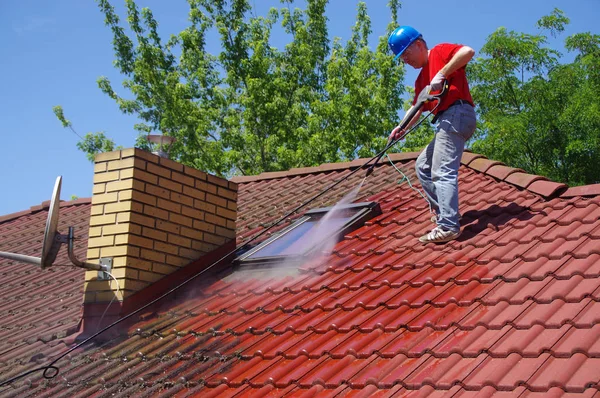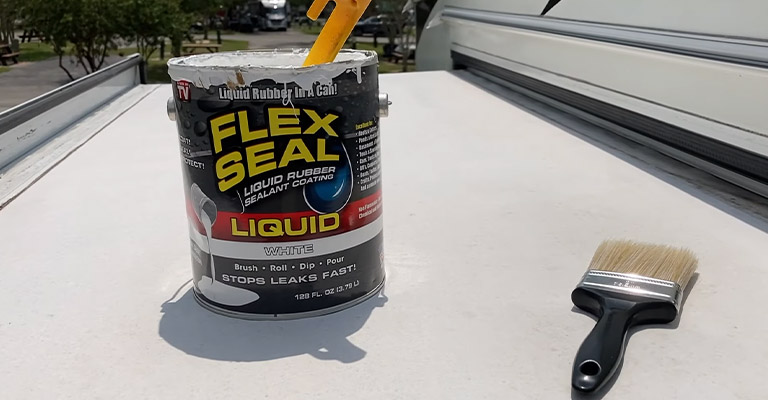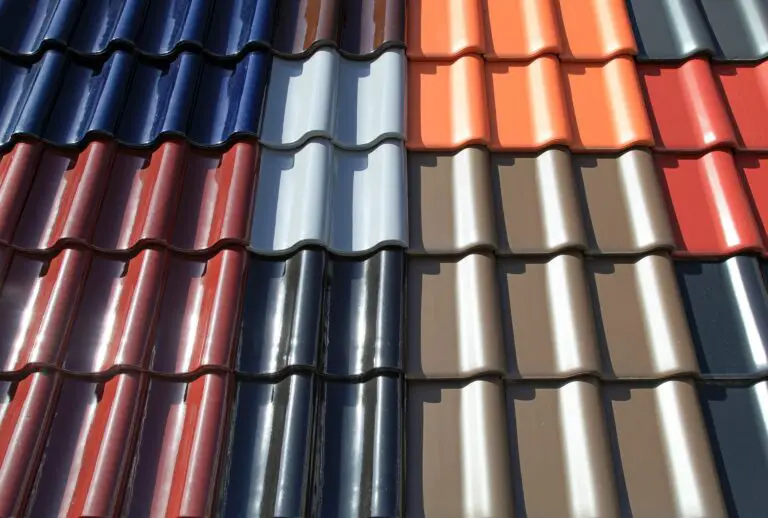How to Insulate and Ventilate a Metal Roof: Best Practices
Metal roofs are popular among homeowners seeking durability, energy efficiency, and fire resistance. However, they pose challenges regarding insulation and ventilation. Improperly addressed, metal roofs can cause condensation, heat loss, ice dams, and mold growth, damaging the roof and attic.
To prevent these problems, metal roofs need insulation and ventilation. Insulation creates a thermal barrier between the metal and air, while ventilation allows air circulation in the attic or between the metal roof and insulation. This reduces heat transfer, minimizing condensation and improving energy efficiency and comfort.
The cost of insulating and ventilating a metal roof depends on various factors, including roof size, shape, required insulation, and ventilation type. For instance, insulating a 1500 sq ft metal roof cost can vary significantly based on these factors. Therefore, consulting with roofing professionals who can provide accurate estimates tailored to your specific requirements is advisable.
Why Insulation and Ventilation are Vital for Metal Roofs
Insulation and ventilation play crucial roles for metal roofs for two primary reasons: preventing condensation and regulating temperature.
Preventing condensation
Condensation forms when warm, moist air meets a colder surface, resulting in water droplets. Metal roofs can undergo condensation if the metal’s temperature drops below the surrounding air’s dew point. This can cause:
- Corrosion – Condensation leads to rust and degradation of the metal over time.
- Mold Growth – The presence of condensation fosters mold growth, affecting indoor air quality and occupants’ health.
- Water damage – Condensation dripping from the metal roof can harm ceilings, walls, insulation, or electrical wiring.
Insulation creates a thermal barrier that reduces temperature differences and prevents condensation. Meanwhile, ventilation allows moist air in the attic or roof cavity to escape, lowering humidity and preventing condensation.
Regulating temperature
Metal roofs possess high thermal conductivity, facilitating efficient heat transfer. However, this can result in two challenges:
- Overheating – In summer, metal roofs absorb significant solar heat, transferring it to the building’s interior, leading to overheating and increased cooling costs.
- Underheating – In winter, metal roofs can lose substantial heat to the outside, causing underheating and escalating heating expenses.
Insulation reduces heat transfer, resulting in a more even indoor temperature. Simultaneously, ventilation aids in the removal of excess heat from the attic or roof cavity during the summer and prevents ice dams during the winter.
Effective Methods for Insulating and Ventilating a Metal Roof
Insulating and ventilating a metal roof effectively involves selecting appropriate materials and techniques based on the roof type, design, slope, climate, and adherence to building code requirements. Here are essential best practices to follow:
Opt for compatible insulation materials
Choose insulation materials that complement metal roofing, such as fiberglass batts for ease of installation, rigid foam boards for high R-value and moisture resistance, spray foam for seamless application, or mineral wool for fire resistance and acoustic properties.
Establish an effective air barrier
Install an air barrier between the insulation and the metal roof to halt air leakage and moisture infiltration, typically employing rigid foam boards or specialized membranes. This barrier acts as a protective shield, ensuring the roofing system’s energy efficiency by preventing unintended airflow.
Implement a vapor barrier
Place a vapor barrier on the insulation’s warm side to prevent moisture migration from the interior to the exterior, safeguarding the insulation from potential condensation. A well-placed vapor barrier is essential for maintaining insulation performance and prolonging the roofing structure’s lifespan.
Create a balanced ventilation system
Design a balanced ventilation system using continuous soffit vents at the roof’s lower edge and ridge vents at the peak. This setup facilitates consistent airflow, regulating temperatures, minimizing moisture accumulation, and enhancing the metal roof’s overall performance and longevity.
Incorporate baffles to maintain air space
Integrate baffles between the insulation and the roof deck to sustain the necessary air space. Baffles prevent insulation compression, ensuring optimal airflow and efficient temperature regulation within the roofing system. This air space supports the insulation’s effectiveness and contributes to a durable metal roof.
Thoroughly seal all gaps and openings
Meticulously seal any gaps, cracks, holes, or penetrations in the roofing assembly using high-quality caulk or foam. Proper sealing enhances energy efficiency and durability by preventing air infiltration and maintaining insulation performance, creating an enduring and energy-efficient metal roof.
Key Pitfalls to Avoid When Insulating and Ventilating a Metal Roof
During the insulation and ventilation process of a metal roof, several common problems can arise. Avoiding these issues to ensure an efficient and effective roofing system is essential. Here are the pitfalls to avoid:
Insufficient insulation
Insufficient insulation can compromise the thermal resistance of the roof system, allowing heat transfer between the interior and exterior of the building. A thorough and uniform insulation layer is essential for adequate thermal protection and energy efficiency in your roofing structure.
Improper ventilation
Proper ventilation balance is vital for an efficient metal roof. Inadequate or excessive ventilation disrupts airflow and pressure balance, leading to heat buildup, poor moisture control, and discomfort. Carefully design and implement a ventilation system tailored to your metal roof’s needs to prevent problems.
Ventilation blockage
Preventing blockages in ventilation openings is crucial for maintaining airflow. Insulation, debris, or snow accumulation can obstruct airflow, leading to stagnant air and moisture buildup. Regular inspections and maintenance are necessary to keep ventilation paths clear, ensuring proper air circulation and preventing ventilation-related problems.
Thermal bridging
Thermal bridging is a concern in metal roofs, especially at attachment points. Metal fasteners can create paths for heat transfer, causing energy loss and condensation problems. Proper design and insulation techniques are crucial to minimize thermal bridging and maintain energy efficiency in the metal roof system.
Misplaced insulation
Improper insulation placement can cause moisture-related problems. Placing insulation on the exterior side of a metal roof can trap moisture and lead to corrosion. Correct placement is important, typically on the interior side or between the metal panels and a sheathing layer.
Lack of moisture control
Moisture control is necessary for metal roofs to prevent condensation, corrosion, mold, and wood rot. Use vapor barriers, air barriers, and adequate ventilation to manage moisture migration and remove excess moisture. Regular leak checks and prompt repairs are critical for effective moisture management.
Conclusion
A metal roof is an excellent choice for homeowners wanting a durable, energy-efficient, eco-friendly roofing option. However, a metal roof requires proper insulation and ventilation to prevent condensation and regulate temperature. By following the best practices for insulating and ventilating a metal roof and avoiding common problems, you can ensure that your metal roof will perform well and last long.






